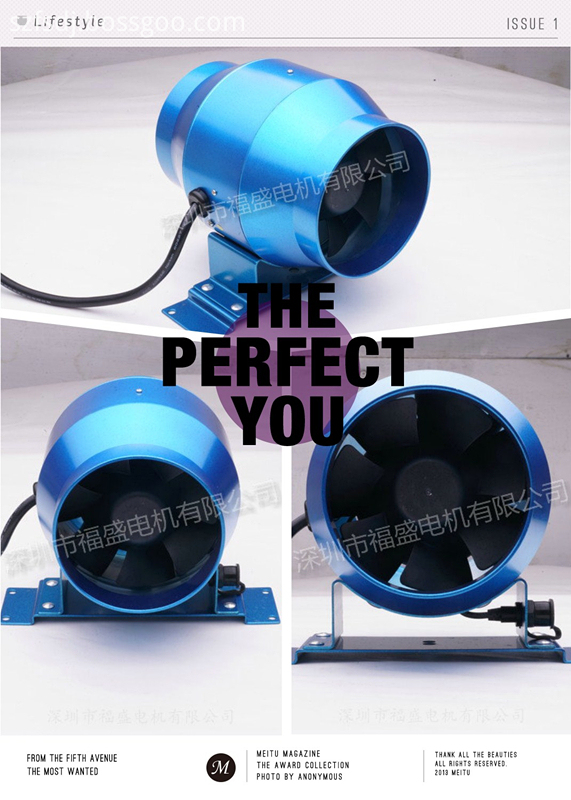Temperature: After the person falls asleep, the head temperature is generally 34-34.5 degrees Celsius, which is a few degrees lower than the body temperature. If the head temperature is too high, it is not easy to fall asleep. Therefore, different latitudes and different seasons, the choice of cold pillows, warm pillows are also very different, the average person often put a mat on the pillow in the summer. So choose the pillow to meet the regional and seasonal characteristics, so that the head maintains the best sleep temperature.
Height: Whether you are sleeping on your back or sleeping on the side, it is best to choose a pillow that can maintain the normal curvature of the neck. Adults should be 15 cm high when lying on their back or side. As the saying goes, there is no worry. In fact, the high pillow makes the cervical vertebra too pre-curved, the soft tissue of the neck is over-stressed and fatigued, and it is prone to stiff neck. Over time, it will cause morphological changes in the neck bones, such as physiological bending and straightening. Some people like to sleep without pillows or the pillows are too low, which is not good, will make the head congestion, easy to cause eyelids and facial swelling, and the lower jaw will lift up, easy to open mouth to breathe, snoring.
Hardness: The pillow with too hard, the contact area with the head is reduced, the pressure is increased, the scalp will feel uncomfortable, and the pillow is too soft, it is difficult to maintain a certain height, which will lead to excessive fatigue of the neck muscle and affect the smoothness of breathing, which is not conducive to sleep. The pillow is soft and does not lose a certain hardness, in order to reduce the pressure between the scalp and the uneven pressure, so that blood circulation can pass from less pressure. In addition, the shape of the person's head is also related to the initial use of the pillow, the primary child's pillow should be soft and moderate, and pay attention to adjust the head angle from time to time, so as not to grow the head shape is not good.
what is the Pipe Fan?
Pipe fan selection control parameters for the air volume, total pressure, efficiency, noise, motor power and so on. Depending on the physical and chemical properties of the gas being transported, fans of different uses are selected.
Features
1. Pipe fan selection control parameters for the air volume, total pressure, efficiency, noise, motor power and so on.
2. According to the physical and chemical properties of the gas being transported, select the fan for different purposes. Such as the delivery of clean air, should choose a general fan; transport flammable and explosive gases, explosion-proof fan should be selected; corrosive gas transmission, corrosion-resistant fan should be used.
3. Ventilator selection, should consider the leakage of piping system losses, calculation errors, and the actual fan fan, the negative pressure deviation, the general use of air flow 1.05 ~ 1.1, wind pressure of 1.10 to 1.15 safety factor. However, it is neither too large nor too large to prevent the fan from operating in an area of low efficiency for a long time.
4. Pay attention to the matching characteristics of the pipe network resistance characteristics and fan characteristics. In order for the ventilator to operate stably, the ventilator should be operated near its maximum efficiency point. The operating point of the ventilator is located on the right side of the full pressure peak point in the performance curve (ie, on the gales side and generally at 80% of the full pressure peak) ).
5. For ventilation systems with muffler requirements, fans with high efficiency and low impeller circumferential speed should be selected first and operate near the highest efficiency point. Should also be based on the ventilation system noise and vibration propagation, take the appropriate noise reduction and damping measures.
6. Pipe fan is through the blade shape changes, the air flow into the fan, the existing part of the axial flow, but also produce part of the centrifugal effect, so its performance is between the axial flow fan and Centrifugal Fan.
7. Piping ventilator can provide medium pressure and moderate air flow, ventilation system used in high-rise civil buildings are more appropriate.

Installation points
1. Fan mounting pedestal (base, hanger) should have sufficient strength, stability and durability, pedestal vibration should meet the following requirements:
1) The natural frequency of the basic device shall not be greater than 1/3 of the motor and fan speed;
2) The difference between the vibration speed when the ventilator is running and the vibration speed when the ventilator is stationary should be more than 3 times.
2. Ventilator inlet and outlet connections between the duct should be set flexible joints. Into the air duct, air duct and other devices should be a separate support, and by the foundation or other components of the firm support firm, the chassis should not bear the weight of other parts.
3. Fan installed in the building components, should take measures to isolate vibration.
4. Fan installation can refer to the following national building standard design atlas.
5. Pipe fan can be installed in the straight pipe, with easy to take over, taking up the advantages of smaller space.
Pipe Fan
Pipe Fan,Small Pipe Fan,Plastic Pipe Fan,Pipe Exhaust Fan
Shenzhen Fu Sheng Electric Co., LTD. , http://www.fushengfan.com
